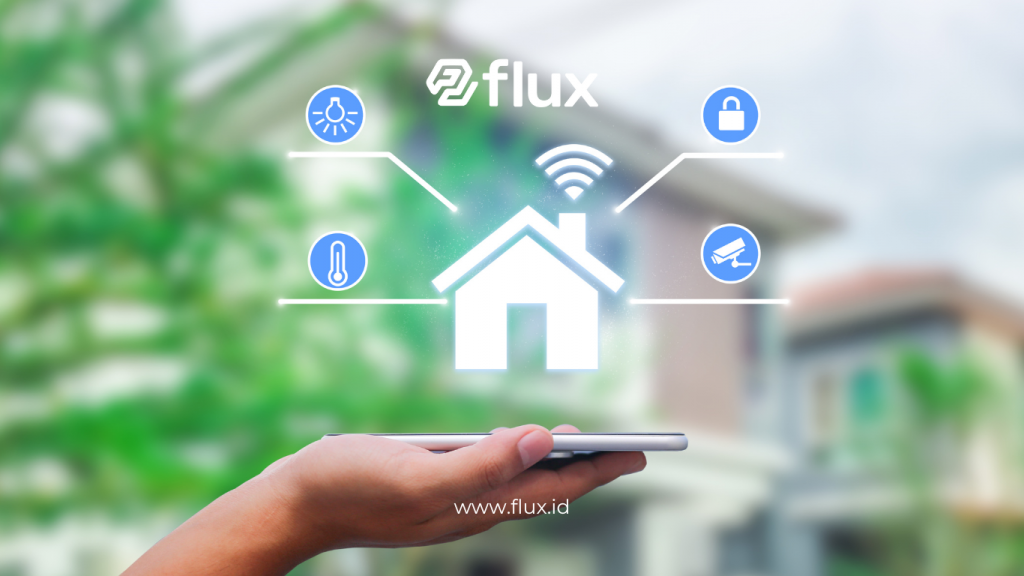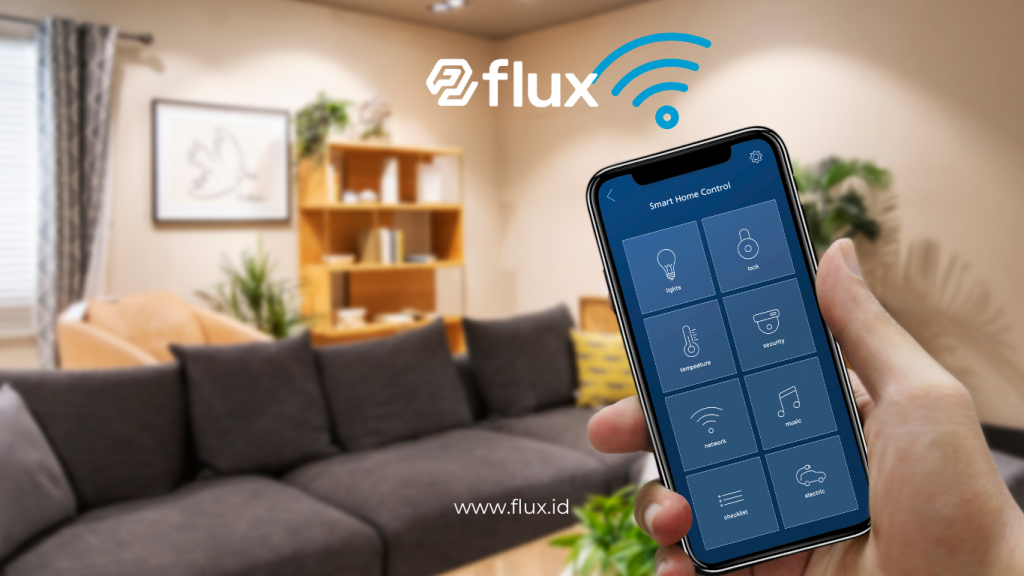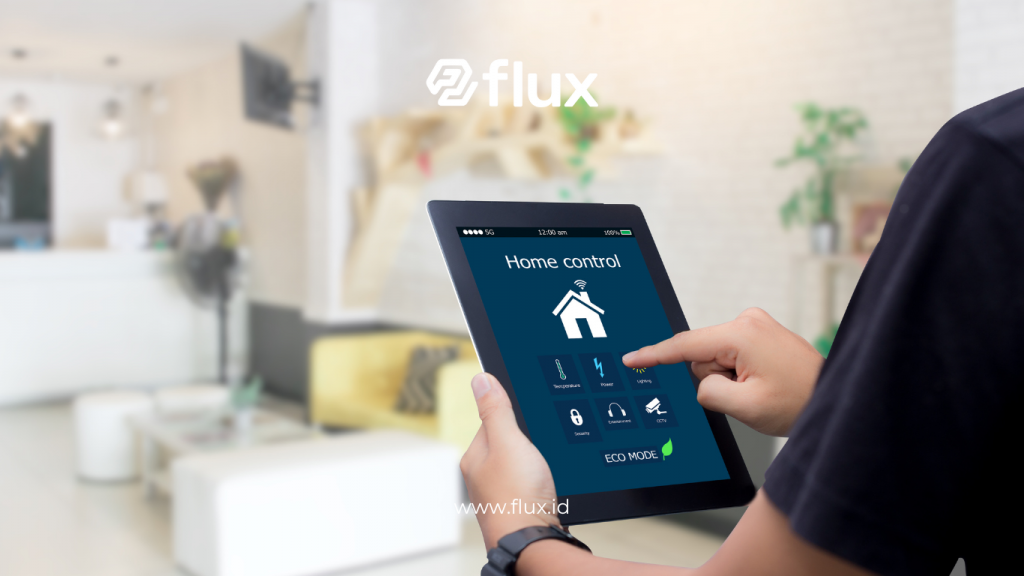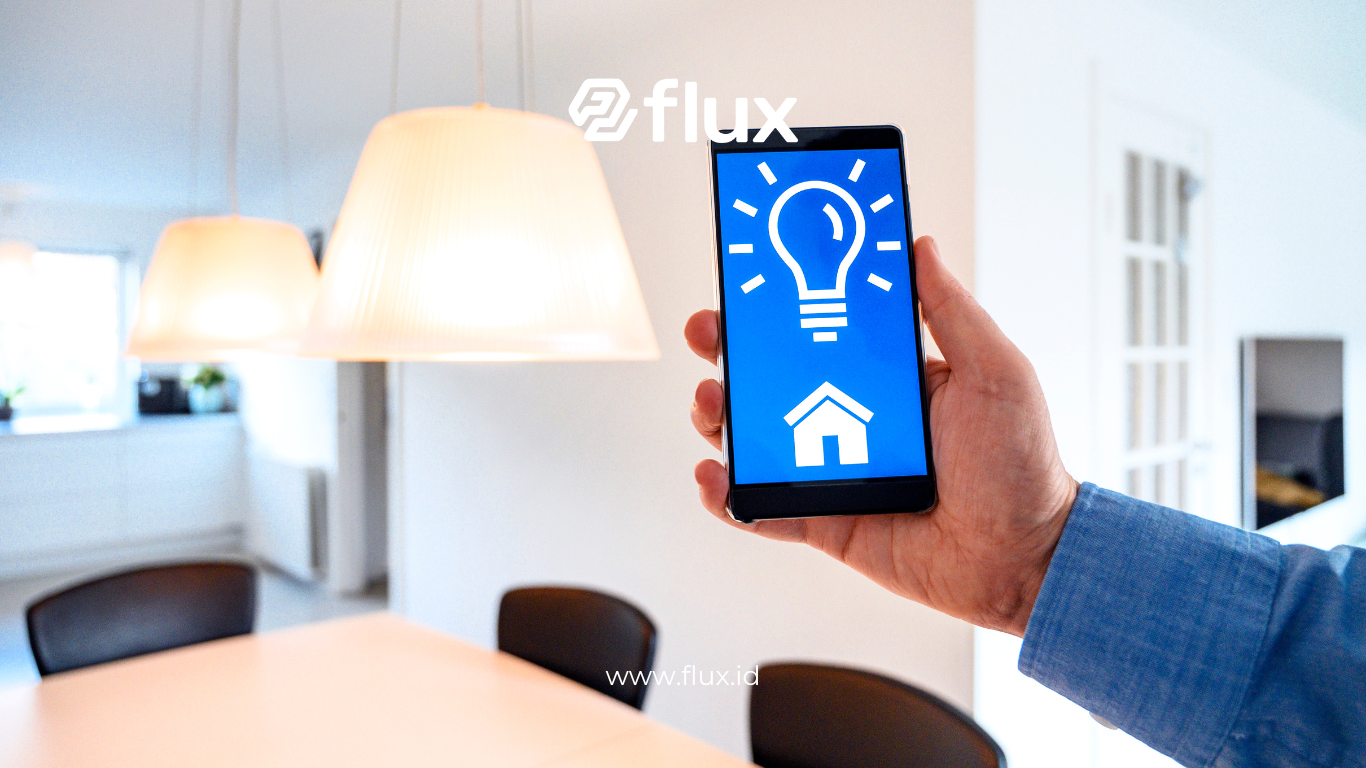Don't miss our holiday offer - 20% OFF!
Technological advancements have ushered us into an era where everything can be interconnected through the internet. The Internet of Things (IoT) plays a pivotal role in this revolution, enabling everyday devices to communicate for enhanced convenience. One of the most exciting applications of IoT is in smart homes, offering intelligent solutions for modern living. This article will discuss how to take the first step in building a smart home and simplifying life with IoT using IoT.
Contents
What Is IoT and a Smart Home?

Read More: Easily Manage Your Home: IoT as a Smart Home Solution
Understanding IoT
The Internet of Things is a network of interconnected devices that can exchange data and operate autonomously. From smartphones to home security systems, IoT allows devices to work seamlessly without human intervention.
The Concept of a Smart Home
A smart home integrates IoT devices to control various aspects of the home, such as lighting, temperature, security, and entertainment systems. All of these can be accessed through an app or voice commands.
Benefits of IoT in Smart Homes
1. Enhanced Comfort
IoT allows you to control your home with a tap. For instance, you can turn on lights or adjust the temperature before arriving home.
2. Energy Efficiency
With IoT devices, you can monitor energy usage and reduce waste, such as turning off lights or electronics automatically when not in use.
3. Improved Security
IoT enables smart security systems, like CCTV cameras that can be monitored via your phone or digital door locks accessible with a code.
Steps to Start a Smart Home

Read More: IoT and Smart Homes: Bringing Innovation to Every Corner of Your Home
1. Identify Your Needs
Determine which devices you want to integrate into your smart home, such as lighting systems, air conditioning, or security devices.
2. Choose the Right IoT Platform
Use platforms like Google Home, Amazon Alexa, or Apple HomeKit to control devices. Select one that fits your needs and device compatibility.
3. Invest in IoT Devices
Start with basic devices like smart bulbs, smart plugs, or security cameras. Ensure the devices are compatible with your chosen platform.
4. Integration and Setup
Follow installation guides to connect devices to your home Wi-Fi network. Then, configure the devices using their supporting apps.
5. Automation
Utilize automation features, such as setting lights to turn on automatically at night or adjusting room temperatures based on the weather.
Challenges You May Face
1. High Initial Costs
Some IoT devices require a significant upfront investment, though they can save costs in the long run.
2. Data Security
As devices are connected to the internet, hacking risks are a primary concern. Ensure your IoT devices have encryption and adequate security features.
3. Device Compatibility
Not all IoT devices can work together. Make sure to choose devices compatible with your existing system.
The Future of Smart Homes

Read More: Smart Home IoT Technology: Intelligent Solutions for Everyday Life
IoT technology continues to evolve, introducing innovations like artificial intelligence (AI) integration for smarter home management. In the future, smart homes will become more personalized, understanding user habits to deliver maximum comfort.
Conclusion
Building a smart home with IoT is the first step toward a more comfortable, efficient, and secure life. By choosing the right devices and understanding how to integrate them, you can enjoy the benefits of a smart home seamlessly. In the future, IoT will continue to simplify our lives, making smart homes the new standard in modern living.





